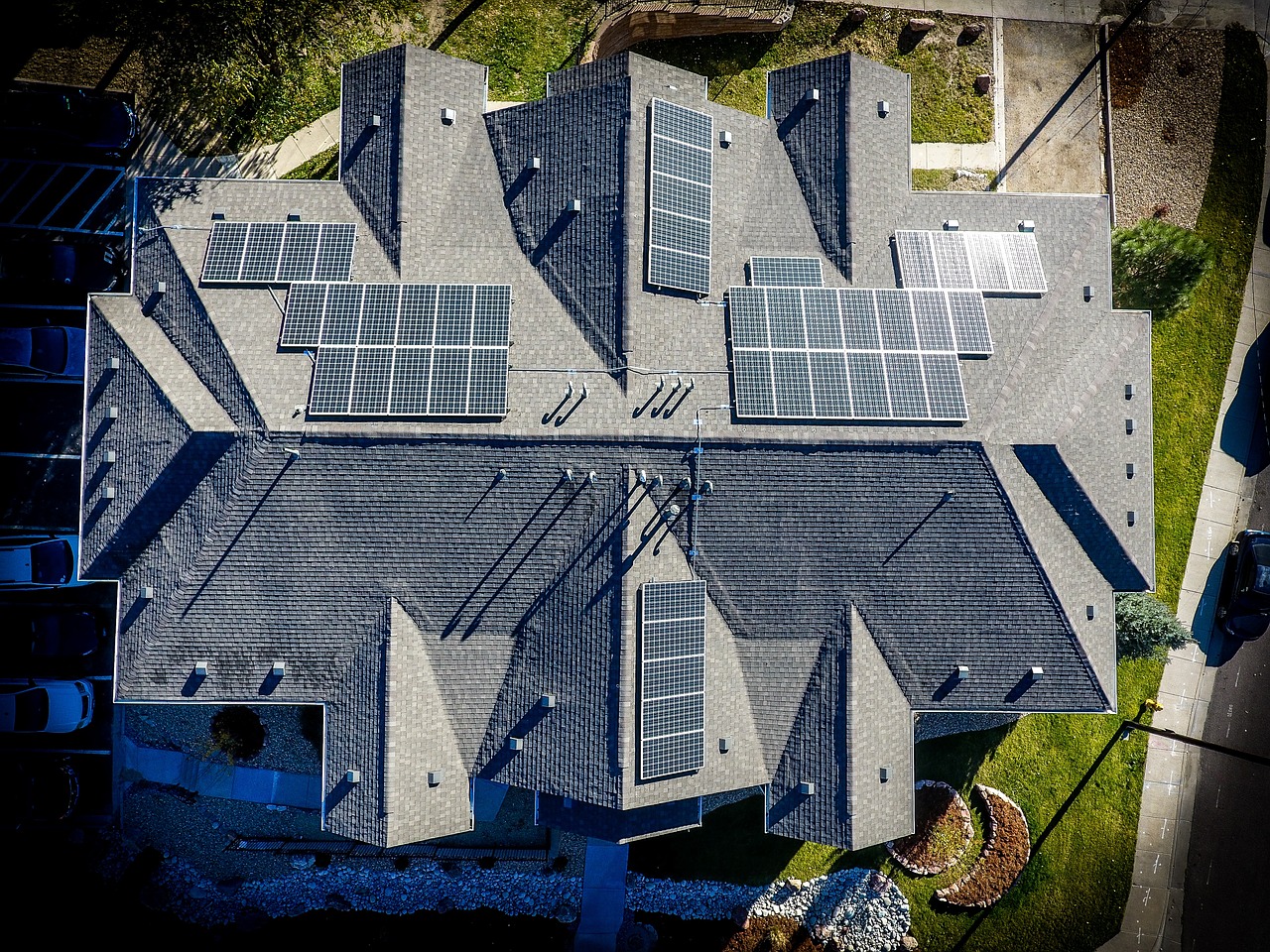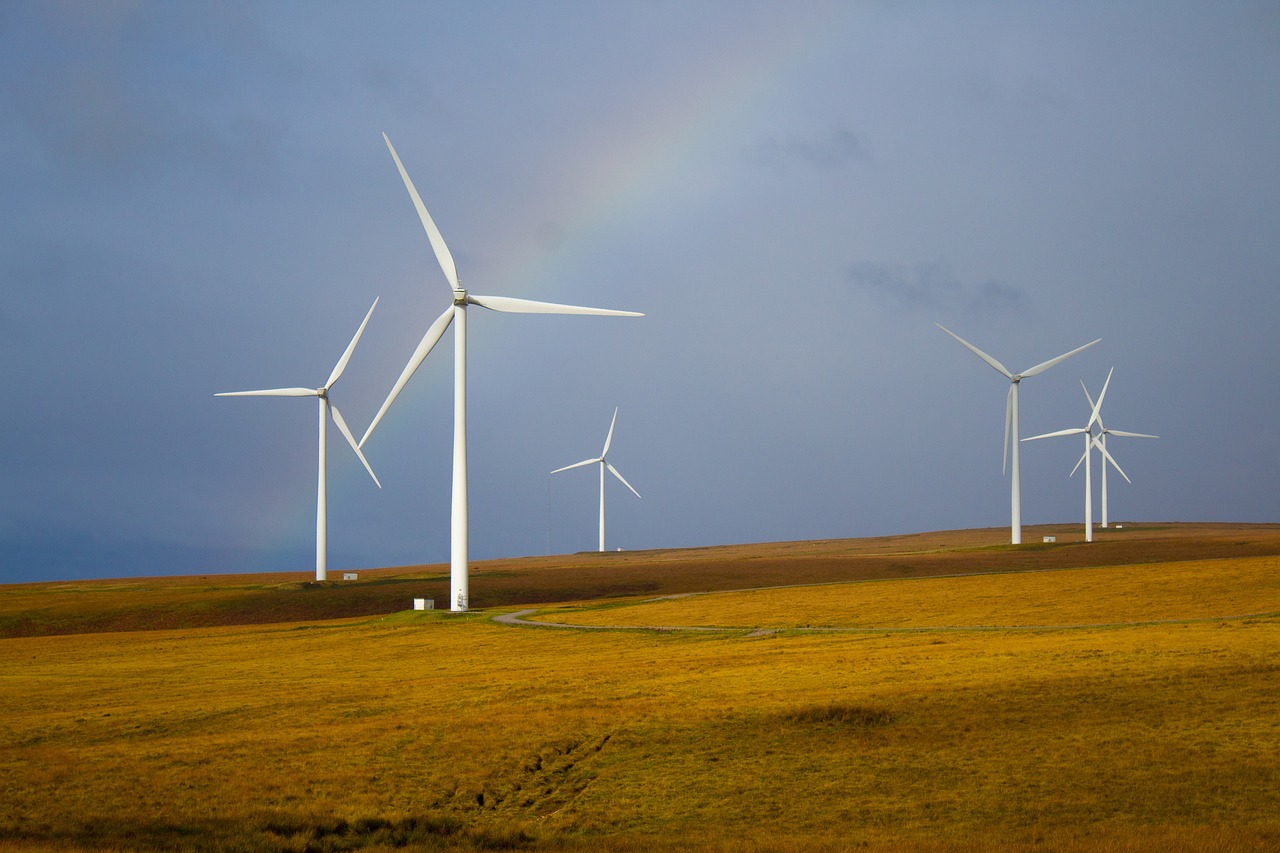Let’s dive into the concept of the triple bottom line in sustainable architecture and understand how this holistic approach can transform the way we build and live. Sustainable architecture is not just about using eco-friendly materials but focusing equally on three critical elements: social responsibility, environmental stewardship, and economic viability. By balancing these pillars, we can create spaces that not only minimize ecological footprints but also foster community well-being and financial feasibility. The triple bottom line offers a comprehensive framework that inspires us to think beyond the conventional and build a better future for everyone. Have you ever wondered what the triple bottom line is in sustainable architecture?
We often hear terms like “sustainability,” “eco-friendly,” and “green building,” but understanding the triple bottom line in the context of sustainable architecture is crucial for grasping how holistic sustainable practices can impact our world. Let’s explore this concept together.

What Is the Triple Bottom Line?
The triple bottom line (TBL) is a framework that broadens the focus of businesses and organizations beyond the traditional financial bottom line, considering social and environmental impacts as well. The three pillars of the TBL are:
- People (Social)
- Planet (Environmental)
- Profit (Economic)
In sustainable architecture, this means designing and constructing buildings that are not only economically viable but also socially beneficial and environmentally responsible.
The Importance of the People Aspect
When we talk about the “people” aspect in sustainable architecture, we focus on the social implications of our building practices. This includes considering the health and well-being of occupants and the broader community, ensuring equitable access to resources, and promoting local job creation.
Health and Well-being
Optimal indoor air quality, access to natural light, and appropriate thermal comfort are fundamental. Buildings designed with these in mind can significantly enhance the well-being of occupants.
Community Impact
Creating buildings that contribute positively to local communities is also part of the people aspect. This might involve using local materials, hiring local labor, and ensuring that the building fits well within its urban or rural setting.
The Environmental Perspective
The “planet” component emphasizes minimizing the environmental footprint of our buildings. This includes energy efficiency, reducing waste, using sustainable materials, and creating designs that work harmoniously with the natural environment.
Energy Efficiency
Using energy-efficient technologies and integrating renewable energy sources can substantially reduce a building’s carbon footprint. Simple measures like improved insulation and high-efficiency windows make a big difference.
Waste Reduction
We can minimize construction waste and design for the building’s end of life by selecting materials that can be recycled or reused. Strategies like modular design also help reduce waste.
The Economic Dimension
The “profit” aspect ensures that the building design is economically viable and continues to provide financial benefits over its lifespan. Sustainable buildings often have lower operating costs due to energy savings and reduced maintenance needs.
Cost Savings
Initial investments in energy-efficient systems and sustainable materials may be higher, but these costs are usually offset by long-term savings. Reduced energy consumption and extended material life translate into lower utility bills and maintenance costs.
Increased Property Value
Sustainable buildings often have higher market values and attract eco-conscious tenants or buyers, making them a smarter investment.
Integrated Approach to Sustainable Architecture
A truly sustainable building seamlessly integrates the three pillars of the triple bottom line. This requires a holistic design approach, where all aspects are considered from the earliest stages of planning through to construction and operation.
Collaborative Design Process
Engaging all stakeholders in the design process, from architects and engineers to the community members and future building occupants, ensures that all perspectives are considered. This collaboration can lead to innovative solutions that balance social, environmental, and economic needs.
Technology and Tools
Leveraging green building certification systems like LEED (Leadership in Energy and Environmental Design) or BREEAM (Building Research Establishment Environmental Assessment Method) helps in setting clear goals and benchmarks for the project.
Case Studies of Triple Bottom Line in Action
Looking at real-world examples can help us understand how the triple bottom line principles are applied in practice. Let’s examine a couple of notable case studies.
Case Study 1: Bullitt Center, Seattle, USA
Dubbed the “greenest commercial building in the world,” the Bullitt Center exemplifies the TBL approach.
- People: The building provides an exceptionally healthy environment for occupants, with abundant natural light and great indoor air quality.
- Planet: It achieves net-zero energy usage through solar panels and incorporates rainwater harvesting systems.
- Profit: Despite higher upfront costs, the building benefits from reduced operational expenses and increased tenant demand due to its green credentials.
Case Study 2: CopenHill, Copenhagen, Denmark
CopenHill, a waste-to-energy plant with an integrated ski slope and hiking trail, is another excellent example.
- People: It offers recreational facilities to the local community, promoting a unique blend of utility and leisure.
- Planet: The plant processes waste to create energy, helping to reduce landfill while producing power and heating for thousands of homes.
- Profit: The multifaceted use of the facility ensures diverse revenue streams, including tourism, energy production, and local partner collaborations.
Roadmap for Incorporating the Triple Bottom Line
To effectively incorporate the triple bottom line into a building project, consider the following roadmap.
Planning Stage
- Stakeholder Engagement: Involve all stakeholders early on.
- Site Selection: Choose a location that supports social goals and environmental sustainability.
- Goal Setting: Define clear TBL goals.
Design Stage
- Sustainable Materials: Select materials that are both eco-friendly and durable.
- Energy Strategies: Integrate energy-efficient systems and consider renewable energy sources.
- Community Impact: Design with the community in mind.
Construction Stage
- Waste Management: Adopt strategies that minimize construction waste.
- Local Workforce: Hire local labor to boost the local economy.
- Monitoring: Ensure continuous monitoring to meet TBL goals.
Post-Construction Stage
- Performance Evaluation: Periodically evaluate building performance against TBL goals.
- Feedback Loop: Engage occupants for feedback to make necessary adjustments.
- Continuous Improvement: Implement improvements based on evaluations and feedback.

Challenges in Implementing the Triple Bottom Line
Implementing the triple bottom line is not without its challenges. Identifying and overcoming these barriers is crucial for the success of sustainable architecture projects.
Higher Initial Costs
Sustainable materials and technologies often come with higher upfront costs. While long-term savings are a strong counter-argument, securing the necessary initial investment can be a hurdle.
Solution: Funding and Incentives
Government grants, tax incentives, and green loans can help alleviate the financial burden. Educating stakeholders about long-term savings can also facilitate decision-making.
Complexity in Measurement
Measuring the true impact of social, environmental, and economic factors is complex and often requires sophisticated tools and metrics.
Solution: Use of Established Frameworks
Utilizing established frameworks and certification systems like LEED or BREEAM can provide structure and simplify the measurement process.
Changing Mindsets
Convincing all stakeholders, from clients to contractors, to prioritize the triple bottom line over short-term gains can be challenging.
Solution: Education and Advocacy
Education campaigns and showcasing successful case studies can help shift mindsets towards valuing long-term benefits and sustainable practices.
Future Trends in Sustainable Architecture
The field of sustainable architecture is ever-evolving. Keeping an eye on emerging trends can help us stay ahead and continuously improve our practices.
Biophilic Design
Biophilic design seeks to connect building occupants more closely to nature. This trend is gaining traction for its benefits to mental health and productivity.
Smart Building Technologies
The integration of IoT (Internet of Things) in building management systems can make buildings more responsive and efficient. Smart technologies can optimize energy usage, water consumption, and even indoor environmental quality.
Circular Economy
Adopting principles of the circular economy means designing buildings with their entire lifecycle in mind, from construction to demolition. This involves using materials that can be easily disassembled and repurposed.

Conclusion: Embrace the Triple Bottom Line
In conclusion, embracing the triple bottom line in sustainable architecture is not just about building green structures. It’s about creating spaces that are healthy, harmonious, and economically viable. By considering the social, environmental, and economic impacts of our buildings, we can contribute positively to our communities and the planet.
Let’s take the shared responsibility to incorporate the principles of the triple bottom line into our building practices. Together, we can build a more sustainable future.
What do you think? Are you ready to embrace the triple bottom line in your next project?